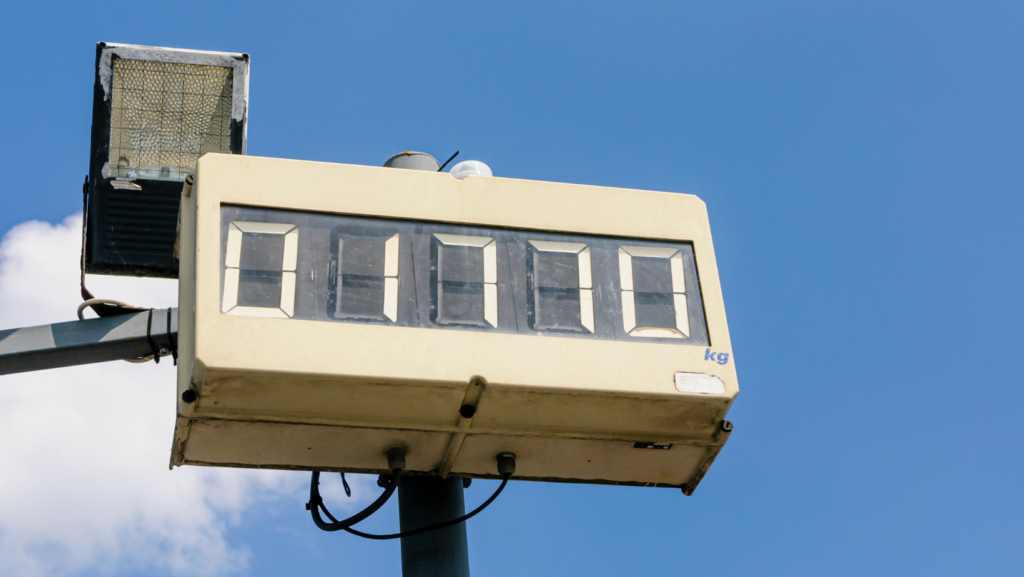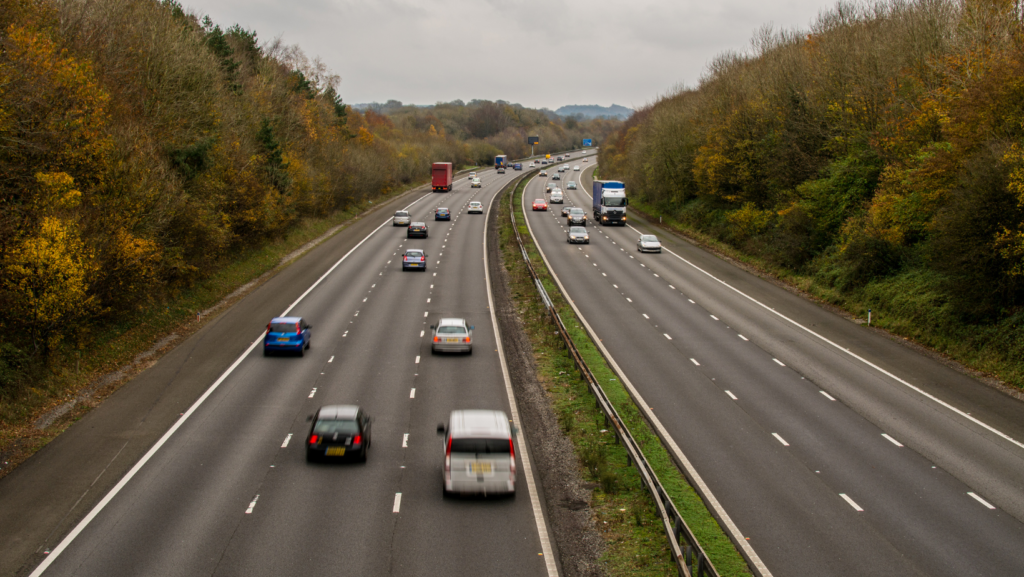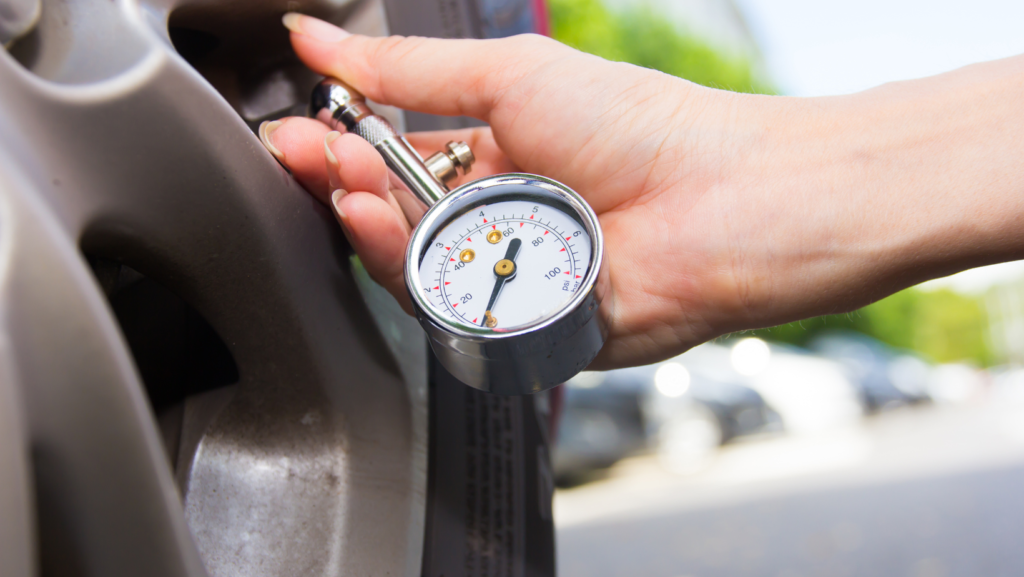The life of a same day courier in the UK is fast paced and filled with tight schedules. Yet, there are moments when couriers may find themselves pulled over by the Driver and Vehicle Standards Agency (DVSA) for a weighbridge inspection. While it might seem like an inconvenience, understanding the weighbridge procedure is crucial for compliance and road safety. In this blog post, we’ll explore the weighbridge procedure in the UK and provide insights for same-day couriers to navigate this process efficiently.

What is a Weighbridge?
A weighbridge, often known as a weigh station, is a designated location where commercial vehicles, including courier vans and lorries, are weighed to ensure they comply with weight limits and regulations. These weigh stations play a crucial role in maintaining road safety and protecting infrastructure.
Why Couriers Get Pulled Over –
Couriers may be pulled over by the DVSA for various reasons, including random inspections, suspected overloading, or routine checks. Ensuring your vehicle adheres to weight limits and safety regulations is essential to avoid penalties and maintain safe road conditions.
The Weighbridge Procedure –

Here’s what to expect if you’re pulled over for a weighbridge inspection in the UK:
- Pull Over Safely: When signalled by a DVSA officer, safely pull over to the designated area near the weighbridge. You could be pulled over and then directed, or some DVSA vehicles simply have a follow me sign that they will illuminate so that you k now to follow them.
- Provide Documents: Be prepared to provide your driving license, vehicle registration documents, and any relevant permits or consignment notes, it is handy to have these all available at ease, we suggest having a documents wallet in your vehicle, having multiple document wallets can help you stay organised even more (one for customer documents, one for vehicle documents etc)
- Weighing Your Vehicle: The DVSA officer will instruct you to drive your vehicle onto the weighbridge. Your vehicle will be weighed to determine its total weight, including cargo and passengers. It is important that the total weight does not exceed the allowed amount as you can incur fines and charges, and even be reported for prosecution. An authorised DVSA officer can also prohibit the movement of your vehicle during the weighbridge procedure, until the weight is reduced.
- Axle Weights and Gross Vehicle Weight (GVW): The DVSA officer may also measure individual axle weights to ensure they comply with regulations. Your vehicle’s GVW, which is the maximum weight allowed, will be compared to the actual weight recorded.
- Inspecting Documentation: The officer may inspect your vehicle’s documentation, including your tachograph records, to verify compliance with working time and rest period regulations.
- Safety Checks: In addition to weight, the DVSA officer may conduct safety checks, such as inspecting your vehicle’s tires, lights, brakes, and load securing methods.
- Outcome and Further Action: Based on the inspection results, the DVSA officer will inform you of the outcome. If your vehicle is found to be in compliance, you’ll be free to continue your journey. If there are issues, you may need to take corrective action before proceeding.

Tips for Same Day Couriers:
Stay Calm and Cooperative: Be polite and cooperative with DVSA officers. Complying with their requests will speed up the weighbridge procedure.
Regular Vehicle Maintenance: Keep your courier van well maintained to avoid safety issues that could lead to inspection complications.
Know Your Weights: Be aware of your vehicle’s maximum weight limits, including axle weights and GVW (Gross Vehicle Weight), and ensure you stay within these limits. If you would like to weigh your vehicle you can find your nearest weighbridge here.
Plan Your Loads: Properly secure and distribute cargo to avoid overloading individual axles. Use load restraint equipment such as straps and bungees as needed.
Documentation: Keep all necessary documents, including permits, tachograph records, and vehicle registrations, organized and readily accessible.
Compliance Awareness: Stay informed about UK road transport regulations and compliance requirements.
While being pulled over for a weighbridge inspection as a same day courier may disrupt your schedule momentarily, it is a necessary process to ensure road safety and compliance with weight limits. Familiarizing yourself with the weighbridge procedure, staying organized, and maintaining your vehicle are crucial steps to minimize disruptions and keep your courier operations running smoothly. Ultimately, a successful weighbridge inspection ensures safer roads for all and helps maintain the integrity of the courier industry.
